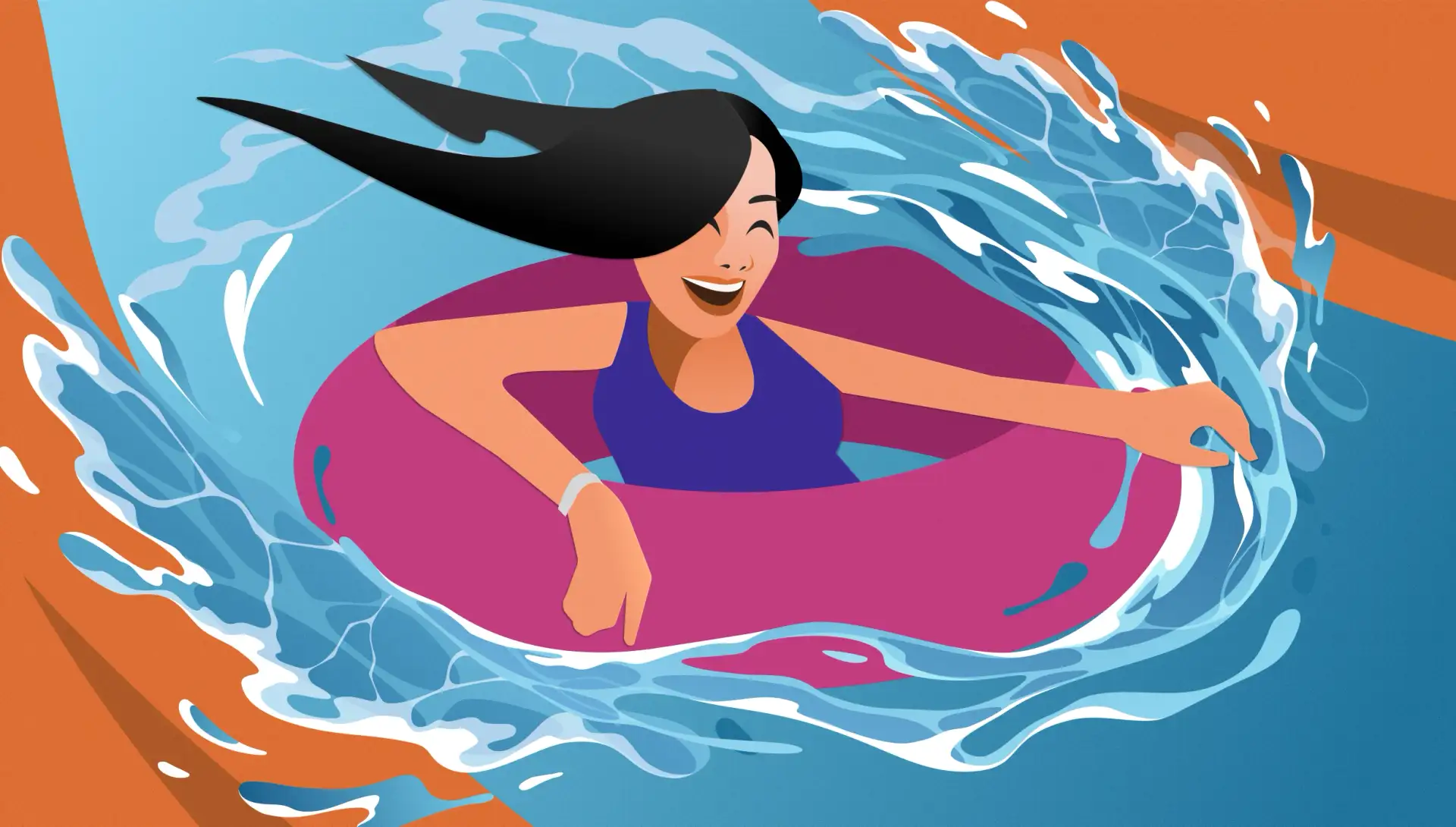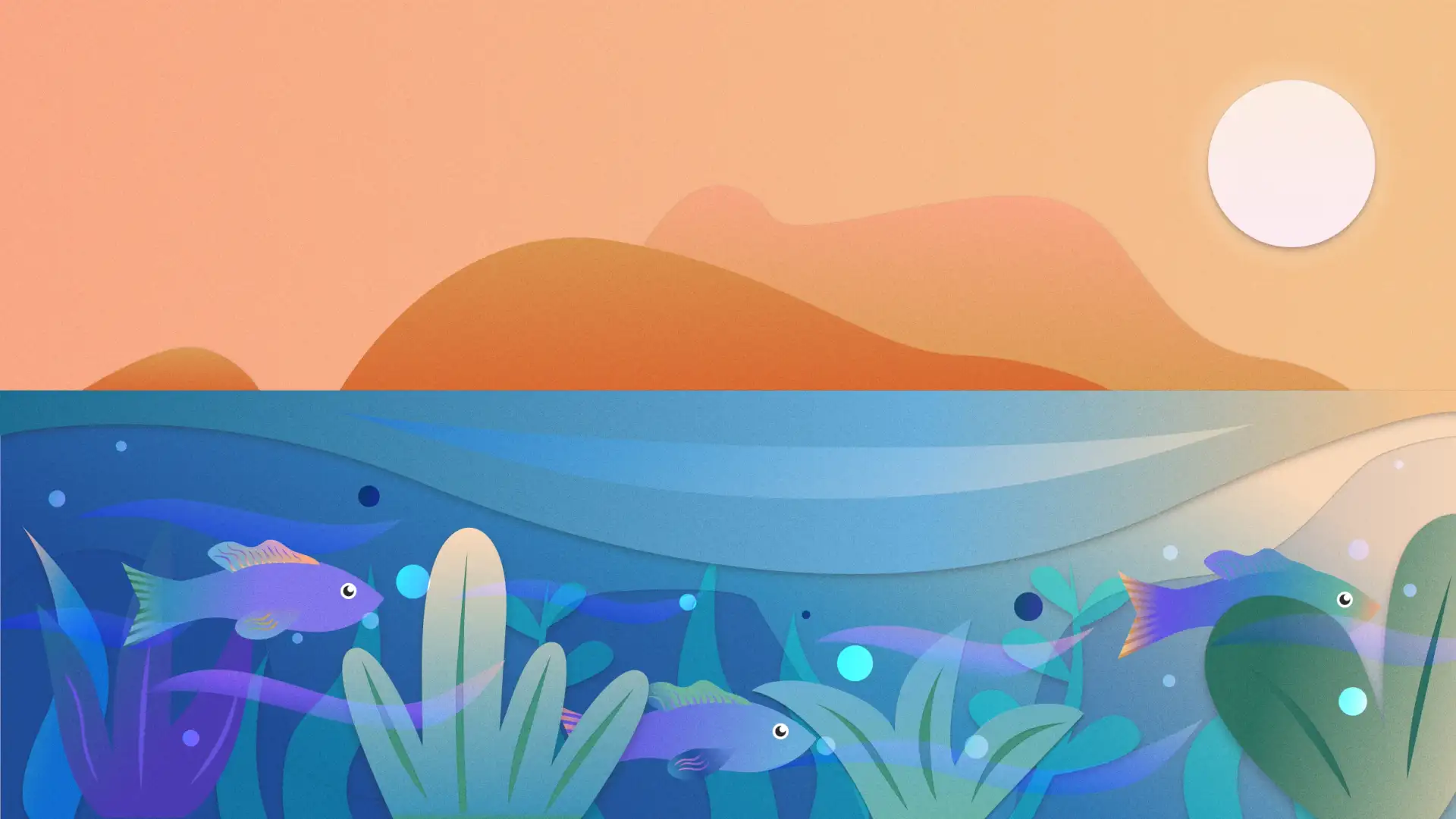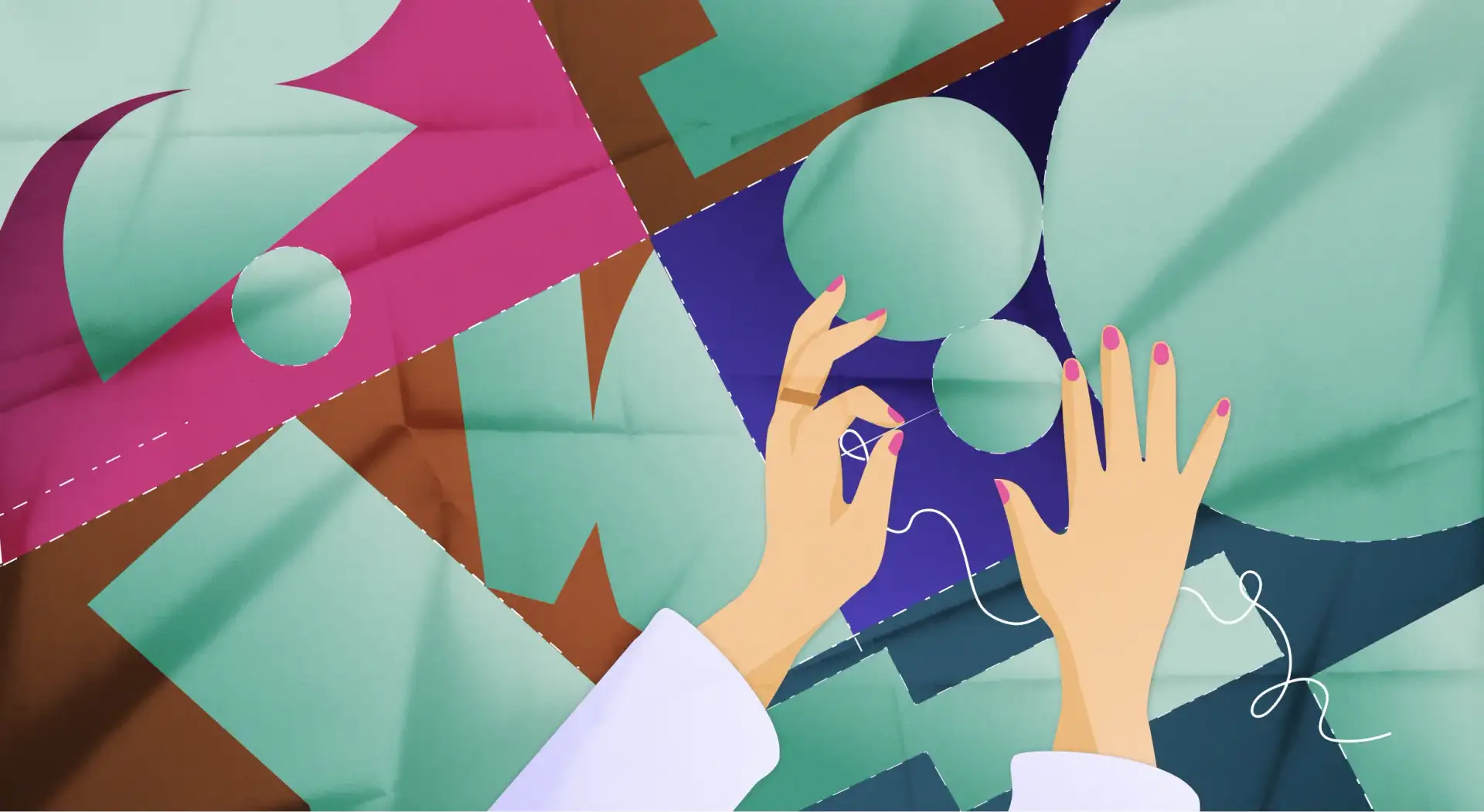I’m a senior UX designer in Texas, where the sun lives. This summer has been a real scorcher, breaking a local record with a high of 108 degrees. We expect it, so every year my family gets an annual pass to our area’s waterpark to cool down from the blistering heat.
When I showed up, I realized our local watering hole had recently optimized its experience. These changes brought some good UX tips to my attention, and I bet you can apply them to your work as well. Here they are in no particular order.
1. Brand it all
From the moment you see the entrance sign, you’re immersed in the waterpark world. Even the parking lot is branded with cabana parking areas and arrow-shaped signs that indicate, “fun this way.” The bright, energetic colors give off a beach vibe, and your whole experience throughout the park feels fun and vibrant. It helps reassure you that you’ll get the entertainment value you expected.
Not only that — the park’s signs are in large, bold type that’s easy to see. Employees wearing the logo and branded shorts are obvious and scattered around the park so you can locate someone to help you quickly. The branding isn’t just visual design, either. It’s in the staff’s behavior, too. Employees serve the people and guide them through the experience. They personally walk you to the area you’re looking for and thank you for entering the park. It’s very high-touch, and that kind of care has value in UX too because it ties the experience together. That finesse can sometimes be the difference between creating a loyal customer or losing them to the competition.
2. Remove friction
This waterpark provides an RFID-chipped wristband, and you use it for everything in the park. You can link your credit card and set limits for your kids. You don’t have to wait in as many lines. You don’t have to be there for your kids to get ice cream or lunch because their photo pops up on the point-of-sale system, validating they are who they say they are. Every experience is seamless, simple, and effortless.
3. Provide multiple paths to primary uses
Outside of cooling off, a lot of parents want to adult, have a drink, and maybe grab something to eat. Our waterpark has stationed bars and eateries at all the primary locations in the park that have high traffic — the wave pool, the water bucket, even the kids’ splash pad area has them. There are also multiple paths to these locations so you always have a quick way to get to them.
4. Create shortcuts to additional services
The park has also grouped together secondary services like snack stations and gift shops where you can grab that sunscreen you forgot at home. Making these experiences close to the primary ones makes them visible and smoothes a happy path to more user conversion.
5. Identify pain points and alleviate them
On a Texas summer day, the ground gets hot enough to burn bare feet. The park created some water walkways for customers who don’t always want to wear their flip-flops. This is especially handy because you can’t wear flip-flops on the rides. The park also provides some sun shades for the ride lines to ensure their patrons don’t get burnt while waiting You can tell the park designers predicted what patrons would need and got ahead of the potential problems.
6. Make it fun
While waiting in line in the heat, a staff member with a super soaker asks if anyone wants to be sprayed with some water. They make it a fun part of the experience, and it takes the edge off of a boring wait. Some kids seem to like the line just as much as the ride. It’s a great reminder to create moments where the user can experience delight.
7. Track and measure
I talked with a general manager at the waterpark and learned they track and measure everything. This data tells them whether they need more associates in one area or another, which helps them avoid long wait times. They’ve learned to anticipate temporary spikes, like the lunch rush, and prepare for them. They can also see what areas of the park make more money and therefore know where to make investments that have higher returns.
8. Use data to anticipate needs
With the data it collects, the waterpark can forecast how much soda and ice the park will need, for example, which allows them to buy efficiently. They use their data to maintain the right PH balance for the water and monitor the water temperature. If it’s not refreshing enough, they add ice. The park considers every part of the user journey, and they work hard to anticipate and be ready for these needs.
9. Document for consistency
At the end of each season, the waterpark asks what we liked and didn’t like that year. According to the manager I spoke with, it helps the park to improve and provide a steady experience from season to season since they generally have an entirely new high-school-aged workforce every year. They document everything that works and doesn’t work and then create staff workshops weeks before the park opens to ensure a consistent experience that addresses the feedback and observations.
10. Make it better, continually
This probably goes without saying. But as UXers, we should know there’s never an end to the journey a customer makes — and it’s no different at the waterpark. Just when attendance dips, there’s always a new feature or attraction, a new slide, or more food options. Work to be a little better with each area of the experience, and your users will come back for more. And if you follow these simple areas of focus, you can keep them engaged and raving about your experiences.




